Power distribution systems rely on transformers to ensure electricity reaches homes, businesses, and industrial facilities safely and efficiently. These units, whether mounted on a transformer utility pole, installed as an electric pole transformer, or placed as a pad mount transformer, are filled with insulating oil that cools and protects internal components. However, leaking transformers present serious risks. A power pole transformer leak can drip oil directly onto streets, sidewalks, or soil, creating environmental hazards, compliance issues, and potential health concerns.
This page serves as a comprehensive guide on how to safely handle a power pole transformer oil leak. It addresses what to do if a transformer is leaking oil, whether transformer oil is toxic, and the type of oil used inside a power pole transformer. By following proper containment and management strategies, utilities can protect the public, preserve the environment, and ensure operational compliance.
What to do if a transformer is leaking oil?
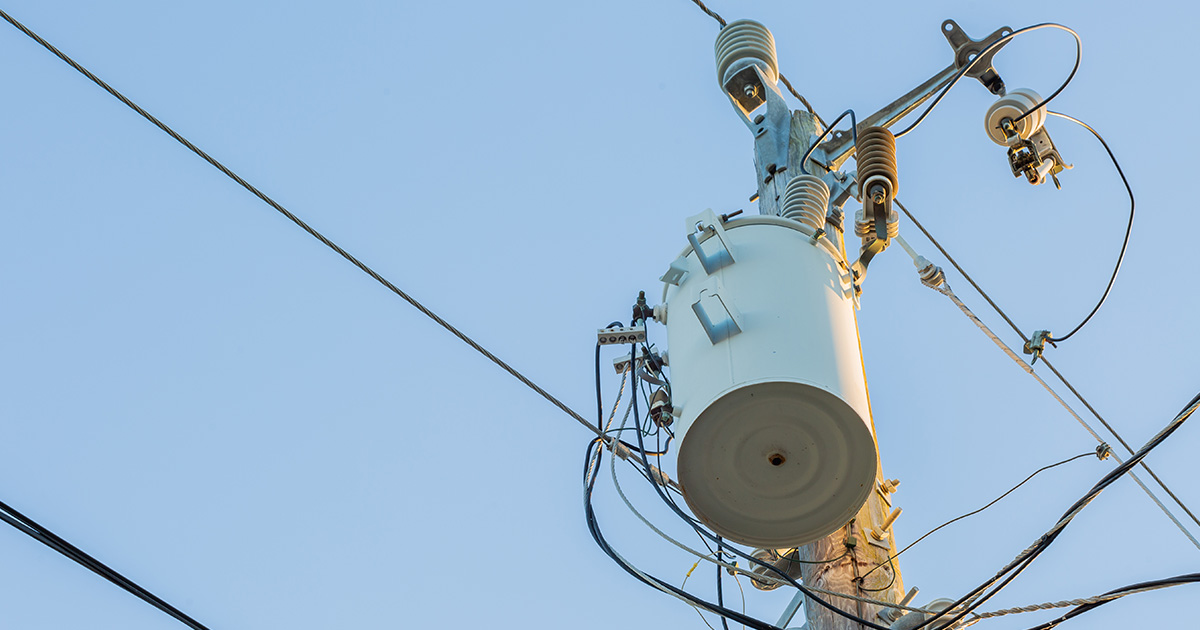 When a transformer oil leak is discovered, immediate action is essential. Leaks can result from aging equipment, corroded seals, storm damage, or physical impacts. No matter the cause, leaking transformers should never be ignored, as even a small leak can escalate into a serious environmental and safety concern.
When a transformer oil leak is discovered, immediate action is essential. Leaks can result from aging equipment, corroded seals, storm damage, or physical impacts. No matter the cause, leaking transformers should never be ignored, as even a small leak can escalate into a serious environmental and safety concern.
Secure the Area
The first step is to restrict access to the area surrounding the leaking transformer. Oil dripping from an electric pole transformer or a telephone pole transformer can land on sidewalks, lawns, or pavement, creating unsafe conditions for pedestrians. In addition, vehicles may unknowingly spread contaminated oil if they pass through the area. Barriers, cones, or caution tape should be used to establish boundaries and keep the public away from the hazard until containment measures are in place.
Avoid Direct Contact
Transformer oil should never be handled without protective gear. Even when the oil is non-PCB based, contact can irritate skin and eyes and should be treated with caution. If PCBs are suspected, the risk is far greater, requiring strict avoidance and specialized handling procedures due to their toxicity and persistence in the environment. Workers should wear gloves, protective clothing, eye protection, and follow proper safety protocols to reduce exposure and protect themselves from potential health risks.
Notify Utility Teams
Leaking transformers must be reported immediately to utility supervisors or environmental compliance teams. A standardized notification process ensures that trained personnel are dispatched quickly with the right containment products and tools to manage the situation. Quick reporting also helps utilities track and document leaks, which is important for regulatory compliance and environmental responsibility.
Deploy Containment Solutions
The safest way to handle a transformer oil leak is with certified containment equipment. Containment bags can fully enclose a transformer when it is lowered for removal, preventing additional oil from spilling during transport. FlexTrays can be placed underneath to capture ongoing drips while staging equipment. Containment berms provide secondary protection, ensuring oil does not reach storm drains, landscaped areas, or seep into the soil. By layering containment measures, utilities can address both immediate leaks and prevent secondary contamination during removal.
Transformer Oil Removal
In some cases, transformer oil removal is necessary before a leaking transformer can be transported. Using specialized pumps and approved containers, oil can be safely extracted, captured, and sent to licensed disposal or recycling facilities. This prevents accidental spills during transport and ensures compliance with environmental regulations. For transformers containing PCB oils, removal and disposal must follow hazardous waste requirements and only be performed by trained teams.
Utility Transformer Replacement
If a transformer is significantly damaged, the safest long-term solution is replacement. Utility transformer replacement eliminates the risk of recurring leaks and upgrades infrastructure with modern equipment that uses safer oils or alternative fluids. Replacements also improve reliability, reducing the chances of service disruptions. Proper containment measures must remain in place during removal and installation to prevent contamination throughout the entire process.
A Responsible Approach
Managing a transformer oil leak properly prevents environmental harm, keeps the public safe, and ensures compliance with regulatory standards. Utilities that follow a structured response plan—from securing the area to deploying containment, performing transformer oil removal, and replacing damaged units—demonstrate both operational responsibility and environmental stewardship.
For further detail on spotting issues and responding effectively, ABG Bag Inc provides a helpful resource: Guide To Identifying And Managing Leaking Utility Transformers.
Is the oil in a transformer toxic?
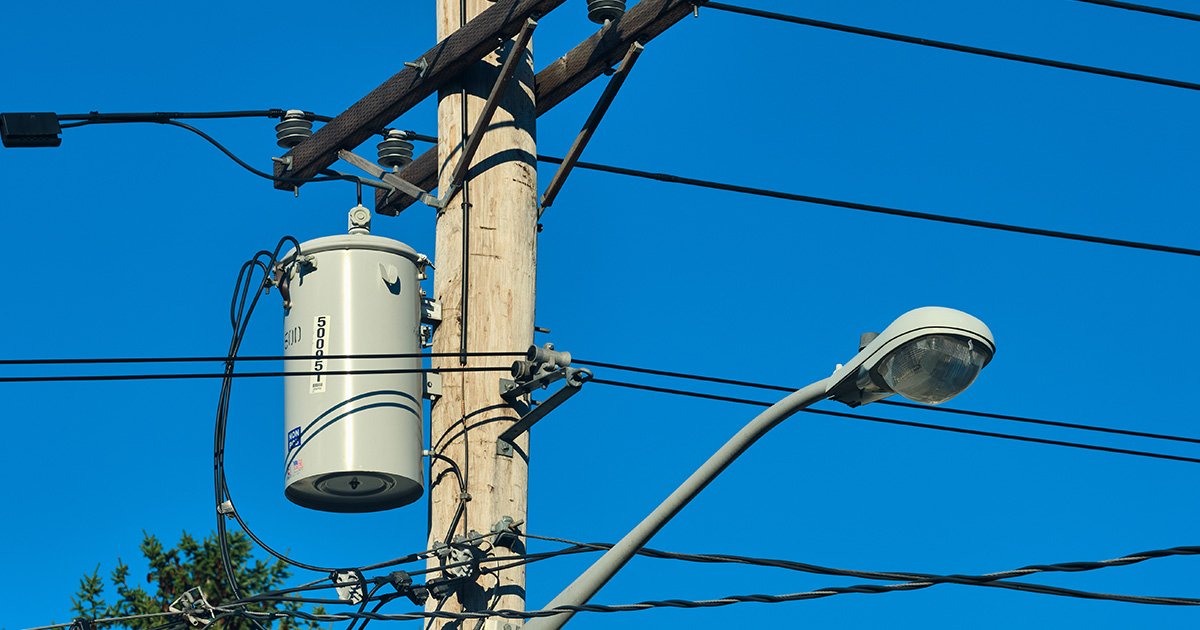 Understanding whether transformer oil is toxic is a key factor in determining the urgency and type of response needed during a leak. Not all transformer oils present the same risks, but all should be handled with caution. The toxicity of the oil depends on its chemical composition, whether it is a newer mineral-based or synthetic oil or an older formulation containing PCBs. Regardless of type, a transformer oil leak should never be dismissed, as both categories can create hazards to the environment, public health, and electrical safety.
Understanding whether transformer oil is toxic is a key factor in determining the urgency and type of response needed during a leak. Not all transformer oils present the same risks, but all should be handled with caution. The toxicity of the oil depends on its chemical composition, whether it is a newer mineral-based or synthetic oil or an older formulation containing PCBs. Regardless of type, a transformer oil leak should never be dismissed, as both categories can create hazards to the environment, public health, and electrical safety.
Non-PCB Transformer Oils
Modern transformers often use mineral-based oils or synthetic alternatives designed for insulation and cooling. These fluids provide reliable performance but can still create hazards if a leak occurs. When spilled onto soil or pavement, non-PCB oils can seep underground, leading to contamination that requires costly remediation. A pad mount transformer leak or a power pole transformer leak may seem minor at first but can quickly spread to storm drains and local waterways.
Another concern is fire risk. Even non-PCB oils are flammable. If a transformer oil leak occurs near exposed wiring, heat, or sparks, the potential for ignition increases. This adds an immediate safety concern for both utility workers and nearby communities. Proper containment ensures that leaks are captured before they spread or pose fire hazards.
PCB Oils in Older Transformers
Some older transformers, particularly those installed before the late 1970s, may still contain polychlorinated biphenyls (PCBs). These oils are far more hazardous. PCBs are highly toxic, persistent in the environment, and classified as hazardous waste. A transformer oil leak involving PCBs poses significant risks, including:
Long-term soil and groundwater contamination
Serious health effects, including cancer and immune system suppression
Severe regulatory penalties if handled improperly
Because PCBs do not degrade naturally, even a small spill can remain in the environment for decades. PCB transformer removal must follow strict protocols established by the EPA, TSCA, DOT, and UN standards. Certified containment products are required to prevent spills during transport and transformer oil removal.
Worker and Public Safety Risks
Safety is a top priority when dealing with leaking transformers. Workers should avoid direct contact with transformer oil, particularly if PCBs are suspected. Protective equipment such as gloves, respirators, and protective clothing should always be used. For the public, leaks from a telephone pole transformer or an electric pole transformer in residential or commercial areas must be contained swiftly to prevent accidental exposure.
Final Considerations
In summary, while not all transformer oils are equally toxic, all transformer oil leaks should be treated as potentially hazardous. Non-PCB oils carry risks of environmental damage and fire, while PCB oils introduce long-term health and ecological dangers. The best approach is proactive containment, proper transformer oil removal, and compliance with hazardous waste regulations when PCBs are involved. By using certified containment solutions and following safe removal practices, utilities can minimize risks and ensure community safety.
What kind of oil is in a power pole transformer?
Containment Strategies for Power Pole Transformer Leaks
No matter the type of oil, the best way to manage leaking transformers is with proven containment solutions. ABG Bag Inc offers products engineered to meet strict UN, DOT, TSCA, and EPA standards, ensuring that spills are captured and controlled.
Containment bags enclose leaking transformers during removal and transport.
FlexTrays capture drips and provide secondary protection during staging.
Containment berms act as barriers around work areas to prevent oil from spreading.
These tools ensure that even when leaks occur in public spaces, such as near a telephone pole transformer or a pad mount transformer in a commercial area, oil is prevented from contaminating the surrounding environment.
Long-Term Solutions: Utility Transformer Replacement
While containment and transformer oil removal are effective short-term responses, the most reliable way to prevent recurring leaks is through utility transformer replacement. By replacing aging units with modern transformers, utilities reduce risks and improve reliability.
Environmental protection: Modern transformers often use safer oils or biodegradable fluids.
Reduced liability: Upgraded units are less likely to experience leaks, reducing cleanup and compliance costs.
Improved reliability: New transformers are designed for greater efficiency and performance, supporting long-term service continuity.
Replacing a leaking electric pole transformer or a pad mount transformer ensures that utilities stay ahead of potential failures and environmental hazards.
Why ABG Bag Inc is the Trusted Partner
ABG Bag Inc is dedicated to providing the highest quality containment products for managing leaking transformers, transformer oil removal, and PCB transformer removal. Their solutions are designed to:
Prevent oil spills from contaminating soil and water
Support safe handling of leaking electric pole transformers and telephone pole transformers
Ensure compliance with environmental regulations
Provide sustainable, reusable options for containment
From a power pole transformer leak to a pad mount transformer leak, ABG Bag Inc’s products ensure that utilities have the right tools to respond quickly and effectively.
Conclusion
A transformer oil leak, whether from a transformer utility pole, an electric pole transformer, or a pad mount transformer, requires immediate and careful response. Knowing what to do if a transformer is leaking oil, understanding the toxicity of transformer oils, and identifying the type of oil in a power pole transformer are essential steps in protecting communities and the environment.
By deploying certified containment products, performing safe transformer oil removal, and prioritizing PCB transformer removal where needed, utilities can manage leaks responsibly and prevent long-term consequences. Proactive utility transformer replacement further ensures that modern, safer equipment supports reliable energy distribution.
For certified containment solutions and expert support in managing leaking transformers, Call (800) 758-8079 today to learn how ABG Bag Inc can help protect your operations, your community, and the environment.
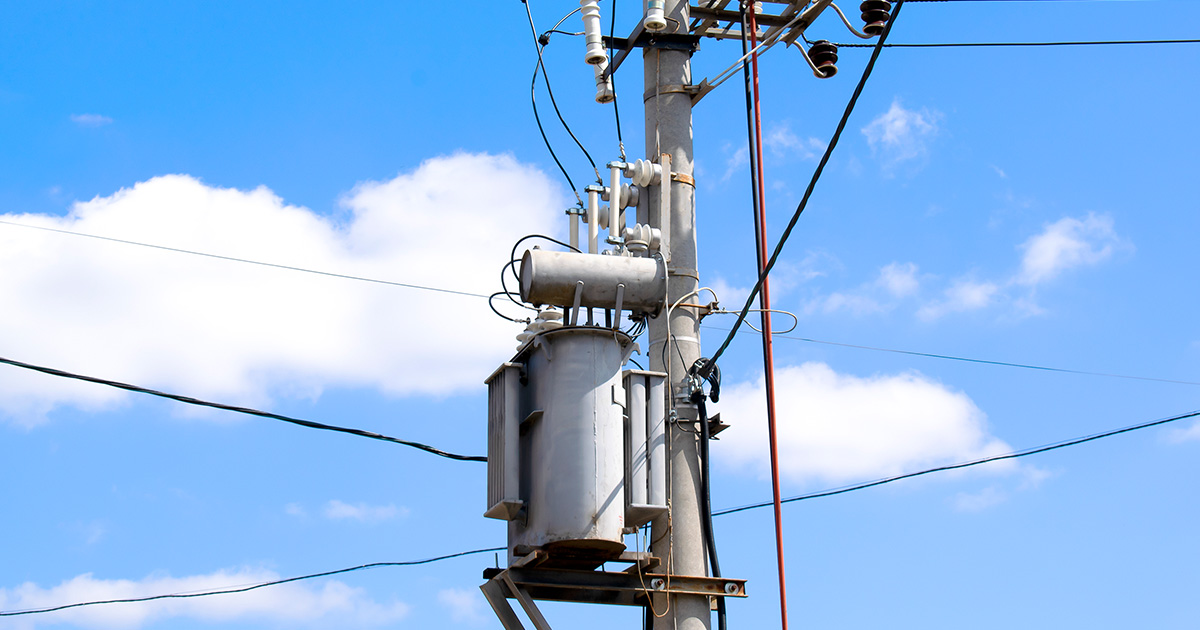 The oil inside a power pole transformer plays an essential role in cooling and insulating electrical components. Its type depends on the age of the transformer and the materials used during its manufacture. Regardless of the formulation, transformer oil must be treated with caution, as leaks can pose environmental and safety concerns.
The oil inside a power pole transformer plays an essential role in cooling and insulating electrical components. Its type depends on the age of the transformer and the materials used during its manufacture. Regardless of the formulation, transformer oil must be treated with caution, as leaks can pose environmental and safety concerns.


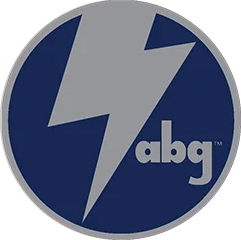
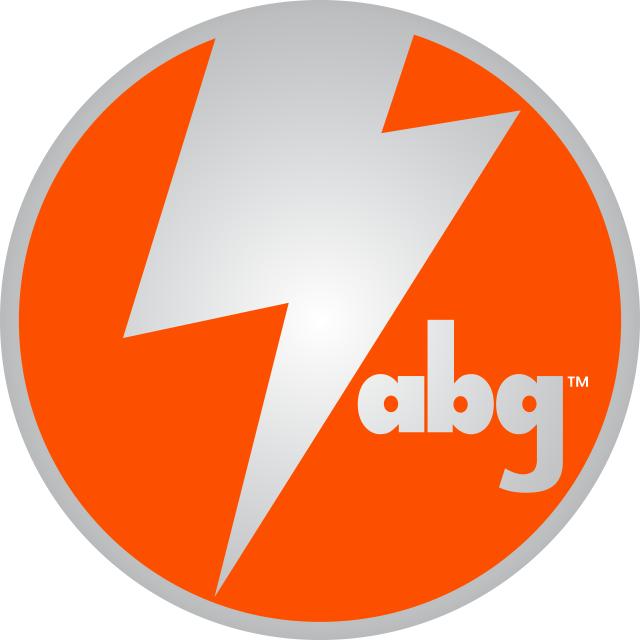

 When a transformer oil leak is discovered, immediate action is essential. Leaks can result from aging equipment, corroded seals, storm damage, or physical impacts. No matter the cause, leaking transformers should never be ignored, as even a small leak can escalate into a serious environmental and safety concern.
When a transformer oil leak is discovered, immediate action is essential. Leaks can result from aging equipment, corroded seals, storm damage, or physical impacts. No matter the cause, leaking transformers should never be ignored, as even a small leak can escalate into a serious environmental and safety concern. Understanding whether transformer oil is toxic is a key factor in determining the urgency and type of response needed during a leak. Not all transformer oils present the same risks, but all should be handled with caution. The toxicity of the oil depends on its chemical composition, whether it is a newer mineral-based or synthetic oil or an older formulation containing PCBs. Regardless of type, a transformer oil leak should never be dismissed, as both categories can create hazards to the environment, public health, and electrical safety.
Understanding whether transformer oil is toxic is a key factor in determining the urgency and type of response needed during a leak. Not all transformer oils present the same risks, but all should be handled with caution. The toxicity of the oil depends on its chemical composition, whether it is a newer mineral-based or synthetic oil or an older formulation containing PCBs. Regardless of type, a transformer oil leak should never be dismissed, as both categories can create hazards to the environment, public health, and electrical safety.